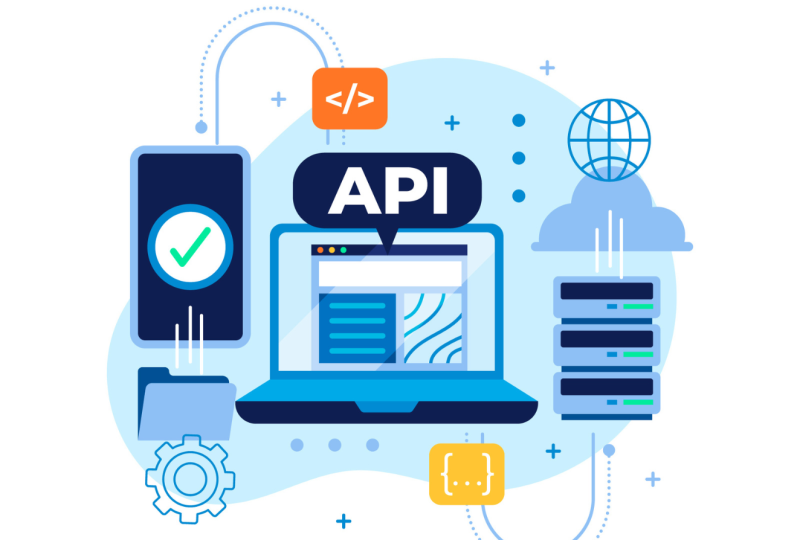What are the best FX APIs to add to your app?
Oct 14, 2025

You can transform your app from a static tool to a dynamic platform capable of real-time trading, multi-currency pricing, and global market analysis by integrating specialized foreign exchange APIs. These APIs provide direct pricing and market data from currency markets and enable features like automated hedging, cross-border payment processing, and algorithmic trading systems. Leveraging robust FX APIs can transform your app, as over 60% of daily FX volume is driven by algorithmic trading. Below, we explore APIs to integrate into your apps, to make them competitive in modern, fierce competitive environments.
Core API categories for FX applications
Among top FX APIs, currency conversion, market data, and trade execution APIs are leading the way. Analytical and sentiment analysis APIs also deserve a spotlight here, as they can provide important insights about financial markets.
Currency conversion APIs
Converting from EUR to USD or from GBP to USD, currency conversion APIs are crucial to provide up-to-date and better rates when compared to traditional banks. Accurate exchange rates for payments and pricing play a pivotal role in modern e-commerce and financial trading. Exchange rate APIs offer hundreds of currencies and come with HTTPS encryption to protect user data while also being fast and responsive.
Market data APIs
Market data consists of historical and real-time price data, which is crucial to check an asset’s performance and currency status. There are several contenders in this category, like:
- Alpha vantage – Provides real-time Forex data with more than 60 technical indicators like RSI, MACD, etc. Free tier allows for 500 requests per day.
- EODHD – Has 30+ years of historical FX data plus dividend/split tracking. The free plan allows 20 calls per day.
- Polygon.io – Ultra-low latency data streams for high-frequency trading. Offers premium pricing models. Offers comprehensive guides on how to implement all of its features.
- NASDAQ Data Link – Macroeconomic data sets like inflation, interest rates, and so on, alongside FX rates, make it a very useful API.
Trading execution
These APIs are used for trade automation. Some of the top contenders include FIX Protocol and REST/WebSocket APIs. The FIX Protocol offers institutional-grade order execution speeds with millisecond latency, which is crucial for fast-paced trading robots. For balance checks, order placement, and portfolio management, REST/WebSocket APIs can be more useful.
Analytical and sentiment analysis
Investors who use FX apps need real-time news data to conduct fundamental analysis and await important macroeconomic news. APIs like Finnhub offer exactly this, which will make the app more useful and interactive. Finding all needed features in one space creates comfort, and users are more likely to continue using your app for their financial activities. There are technical indicators APIs as well, which are crucial for built-in calculations for various popular indicators like Bollinger Bands, volatility metrics, and so on.
Implementation best practices
The priority when considering using 3rd party APIs is security, and then compliance. Using HTTPS encryption and OAuth 2.0 will make data transmission more secure. Storing API keys in environment variables and never in client-side code is also a crucial step here. Complying with GDPR/CCPA for user data handling will ensure your app is not only secure but also welcomed by regulators.
Performance optimization and error handling
To ensure a seamless experience, integrate retry logic for quota management. By storing frequent requests(like EUR/USD rates), the load is reduced and latency improves as well. For real-time dashboards, WebSocket connections are essential. Error handling is crucial, and the code could be written so that it returns errors and stores them in a file to check and resolve issues as soon as possible. This is critical in financial apps, and logging errors to services like Sentry or DataDog could prove very useful later.
Strategic recommendations
Prioritizing modular API architecture by taking the best from each API. Market data from Alpha Vantage, execution from FIX, and analytics from Finnhub for scalability. It is essential to start with freemium tires for testing and then scale to enterprise plans for redundancy and SLA guarantees.




